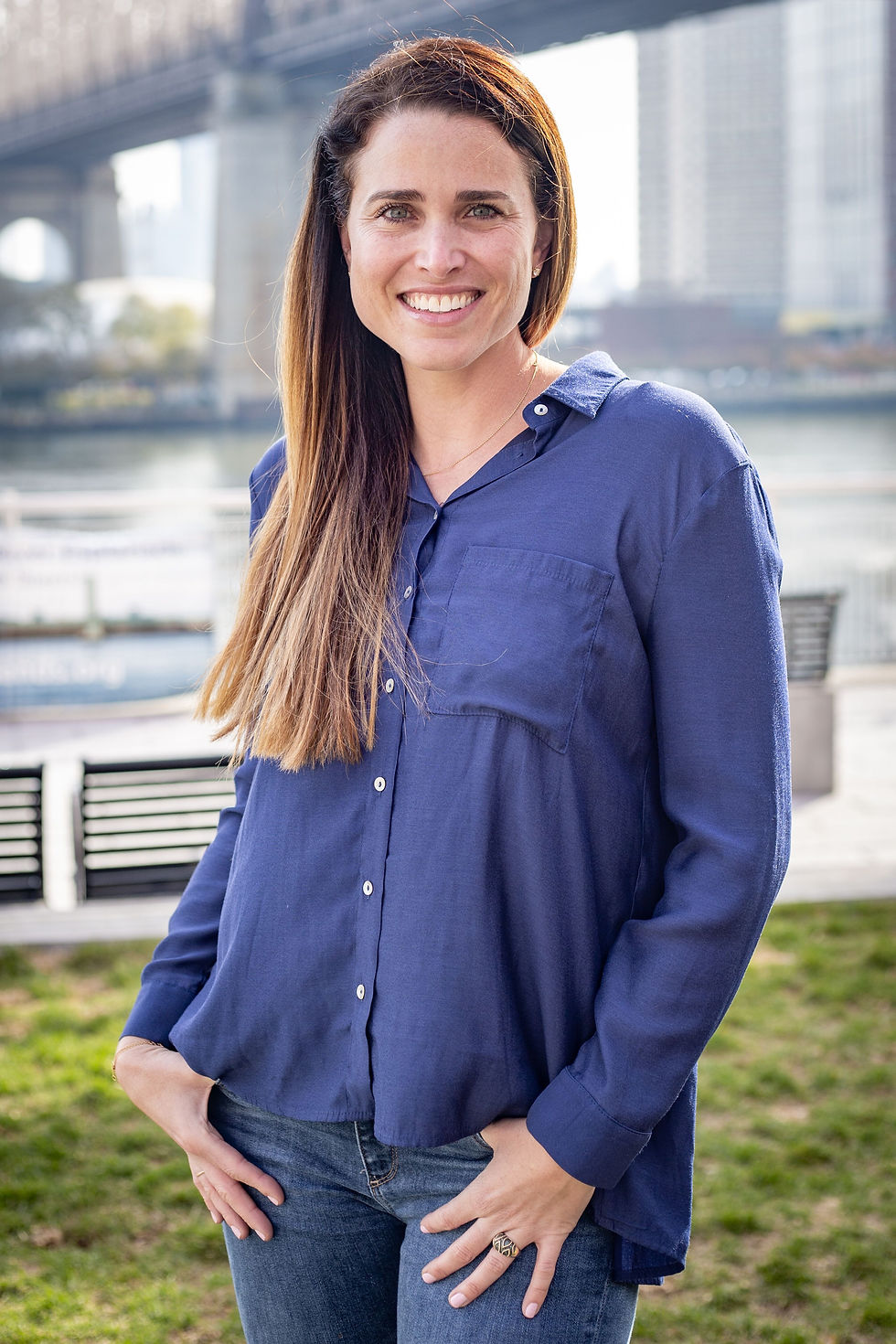Why My ADHD Brain Rebels Against Everything (PDA Explained)
- Aug 29, 2025
- 3 min read
Updated: Sep 1, 2025
Have you ever felt a deep, almost irrational resistance to doing something even when it’s something you actually want to do?
Welcome to the wild intersection of ADHD and a lesser-known concept called Pathological Demand Avoidance (PDA). If that phrase sounds intense, you’re not alone. But the experience is very real, and for many with ADHD, incredibly familiar.
Let’s break it down.

When "I Want To" Turns Into "I Don’t Want To"
For ADHD brains, even hearing “You have to…” can flip a switch. Suddenly, the task - no matter how small or exciting - feels like a threat.
The brain responds:
“Nope. I don’t want to.”
Even if it’s something we love, once it’s framed as a demand, our nervous system pushes back. It’s like the autonomy alarm goes off.
This is where PDA comes in.

What Is Pathological Demand Avoidance?
Pathological Demand Avoidance (PDA) is a profile most commonly associated with autism but it can also show up alongside ADHD, especially those with co-occurring anxiety or trauma.
It’s when external or internal demands (even self-imposed ones) trigger intense resistance.
It’s not defiance.
It’s not laziness.
It’s a blend of anxiety, loss of autonomy, and executive dysfunction colliding in real time.

PDA vs. Everyday Avoidance
Everyone avoids things sometimes. But PDA is more than procrastination.
People with PDA have a persistent, pervasive drive for autonomy that chronically persists through life, a survival-level urge to protect their sense of control.
That means even fun or easy tasks can feel suffocating when framed as a “must.”
The wiring says: Any demand = danger.

Why ADHDers Feel This More Deeply
ADHD brains already wrestle with:
Pressure and deadlines
Being told what to do
Internal battles between “should” and “want”
PDA amplifies these struggles. Tasks, even fun ones, can feel unbearable once they carry the weight of obligation. It’s not just resistance. It’s a fight for freedom.

How PDA Shows Up in Adults
In adulthood, PDA may look like:
Avoiding important calls until it’s too late. Not because of anxiety, but because it feels like a demand
Losing interest in hobbies the moment they’re scheduled
Feeling trapped by routines you created
Rebelling against your own to-do list
Sound familiar?

The ADHD + PDA Spiral
Here’s how it often plays out:
A task feels like a demand
The brain yells “NOPE” (cue fight, flight, freeze, or fawn)
Guilt and shame crash in
The task feels even bigger
Loop. Repeat.
This spiral is exhausting and it’s not your fault. It’s a nervous system trying to protect you.
What Can Help? Flip the Script
Language matters.
Try replacing “I have to” with:
“I get to…”
“I choose to…”
“Future Me dared me to do this.” (Seriously. Play with it!)
These tiny shifts reframe the task as a choice instead of a demand and your brain feels safer.
Play Demand Dodgeball
Turn tasks into playful challenges:
“Can I beat the microwave timer while unloading the dishwasher?”
“Can I send this email before the kettle boils?”
Make it a game. Use novelty. ADHD brains thrive with play over pressure.
Make the Demand Disappear
Sometimes the best way to tackle a demand… is to disguise it.
Hide the “rule” inside something fun: Only fold laundry while watching trash TV.
Break it into dares: “I’ll just open the doc.” “I’ll just put shoes on.”
Outsource your willpower: Text a friend, “Ask me in 10 if I did it.”
This creates a sense of freedom, choice, and connection (which ADHD and PDA brains need in order to move forward).
If you have ADHD and feel like you're constantly resisting everything, even your own goals and routines, you're not alone, and you're not broken.
Your brain is wired for autonomy, creativity, and deep passion, not rigid rules and relentless pressure.
Understanding PDA gives us permission to stop shaming ourselves, and start working with our brains instead of against them.
You don’t need more discipline. You need more freedom, play, and choice.
All My Best,
Coach Brooke




